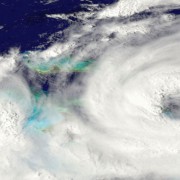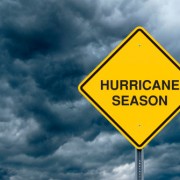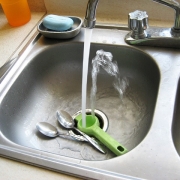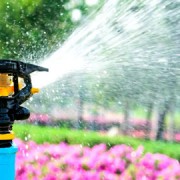Hurricane Resource For Property Managers
/in Hurricanes, News, ResidentialFREE Water-Saving Tips
/in News, Residential, Water ConservationHelp spread the word about water conservation in your community. Download the free Water-Saving Tips flyer. Hang it in your community’s common areas or include all or parts of the flyer in your newsletter or emails to your residents. Free Water Saving Tips Click Here
Resident’s Role In Water Conservation
/in News, Residential, Water ConservationThe Lake Worth Drainage District (LWDD) encourages water conservation year-round, with an extra emphasis each April for Water Conservation Month. April is historically one of the driest months of the year and typically marks a peak demand in water use.
Conserving water means using our water supply wisely. We can start saving water by making smart choices at home. Using simple water conservation tips can help reduce the usage of water significantly. Committing to just a bit of effort can make all the difference. With these 10 simple tips, you can do your part to save hundreds of gallons of water:
INDOOR:
- Only run your washing machine and dishwasher when they are full.
- Use the shortest clothes washing cycle for lightly soiled loads. Normal and permanent-press wash cycles use more water.
- Thaw frozen food in the refrigerator or microwave, not under running water.
- Scrape do not rinse your dishes before loading in the dishwasher.
- Install high-efficiency appliances, shower heads, faucets, and toilets.
OUTDOOR:
- Check your home’s irrigation system for leaks and make repairs as needed.
- Turn off your automatic irrigation system and only water as needed.
- Do not leave sprinklers or garden hoses unattended. A garden hose can pour out 600 gallons of water in only a few hours.
- Use a hose with a shut-off nozzle when washing the car and wash the car over a pervious area such as the lawn.
- Consider installing a rain barrel with a drip irrigation system for watering your landscaping. Rainwater is free and better for your plants because it does not contain hard minerals.
Our water supply is a finite resource and needs our protection. We can all make changes in our lifestyle to reduce our water usage. The trick is making water conservation a way of life and not just something we think about each April.
LWDD Operations and Water Conservation
/in Drought, Flood Control, News, Water ConservationFlorida is fortunate to receive over 50 inches of rainfall a year on average. Most of that amount is concentrated during the six-month rainy season (May through October). While some of the runoff from these rains is discharged to the ocean to avoid flooding, a significant amount soaks into the ground and recharges the freshwater aquifers that supply our drinking water wellfields, lakes, and wetlands.
For large populations of people to live safely in south Florida, a massive regional water management system is required to balance the water supply needs of urban areas and agriculture against the requirement to maintain flood protection. If we did not provide adequate drainage to the region, human health and safety would be jeopardized and extensive property damage could occur. Similarly, if regional groundwater levels were not properly maintained, wellfields would be unable to deliver water to our homes and businesses, or worse yet, the underground inland migration of salt water from the ocean could permanently contaminate the drinking water supply rendering it unsafe for potable uses.
Water conservation efforts by LWDD help mitigate some of the water supply issues our region experiences. The large network of LWDD canals plays a critical role in conservation by maintaining groundwater levels which in turn supports the water levels in lakes, ponds, and wetlands across the region. During dry periods, groundwater levels tend to slowly fall in response to low rain and high evaporation. When this occurs, water managers in the region look to large regional storage areas like the Water Conservation Areas in the Everglades or to Lake Okeechobee as a source of supplemental water. Water from these sources is released into the canal network to raise the level of water in the canals. This water in turn seeps through the sandy soils to recharge the groundwater and returns the water table to its normal elevation thus helping to protect drinking water supplies.
The LWDD’s efforts, to manage drainage canals at appropriate elevations to balance water supply needs and avoid ocean discharges when possible, plays a key role in comprehensive water conservation for South Florida.
Website Use Disclaimer
Contact the LWDD
Lake Worth Drainage District
13081 S. Military Trail
Delray Beach, FL 33484
Phone: (561) 498-5363
Fax: (561) 495-9694
Office Hours: 8:00 a.m. to 5:00 p.m.
Monday thru Friday except Holidays.






